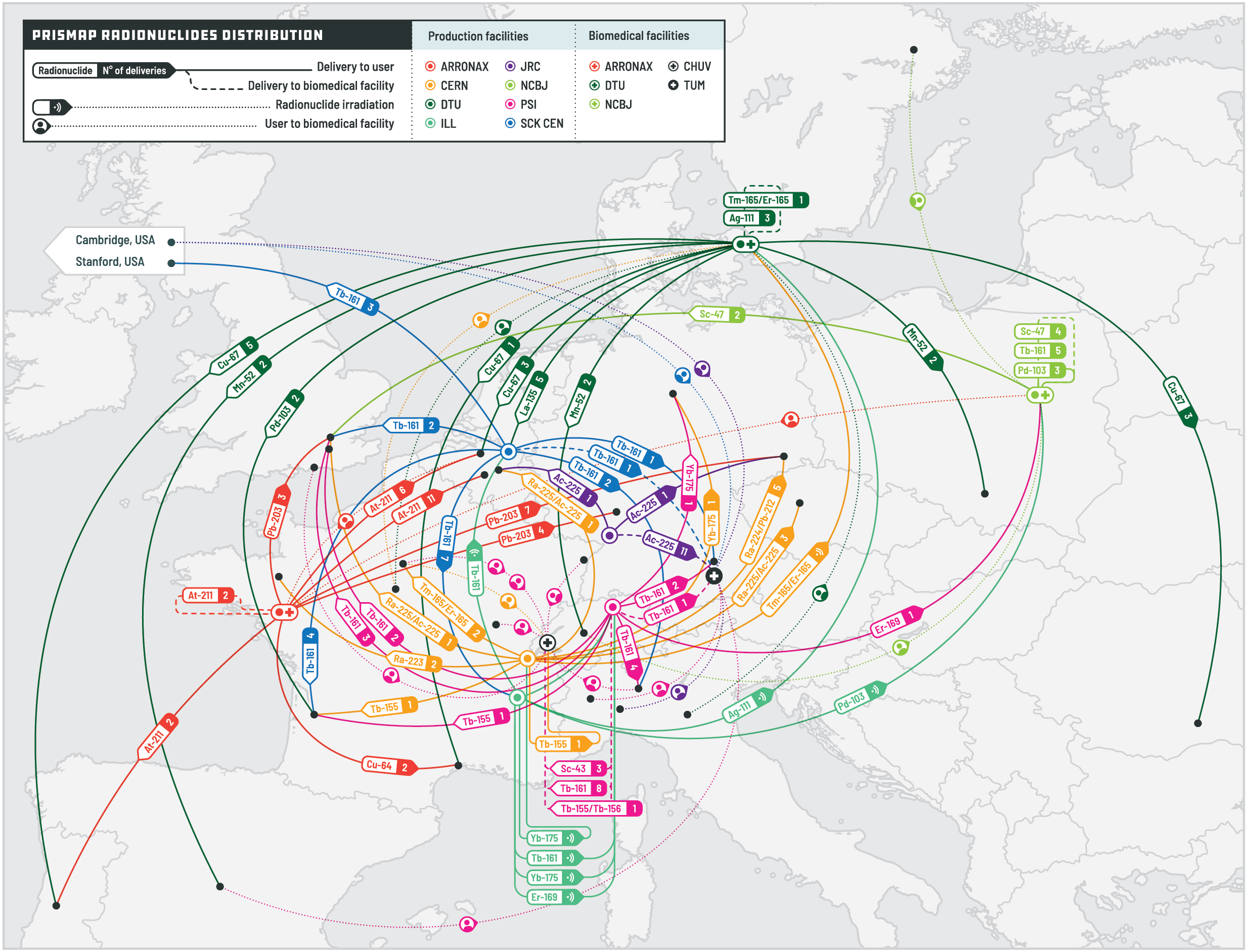Neuroblastoma (NB) is the most common extracranial solid tumour of childhood, and has an international incidence rate averaging 10.1 per million children aged 0-14 years – with approximately 90% of cases occurring in patients under the age of 5. Of all NB cases, ~50% of patients are categorised as high-risk, with a three year event-free survival currently just over 50%. High-risk neuroblastoma is considered radiosensitive, and therefore molecular radiotherapy has an established place in the management of refractory and relapsed disease. For example, 131I-mIBG beta (β-) particle emitting radiotherapy in NB has a response rate of 14%. Alternatively, 177Lu-DOTATATE radiotherapy, has also been evaluated in clinical practice, and is currently the focus of clinical trials. However, target expression for these agents has been shown to be heterogeneous in NB patients; resulting in incomplete targeting of the radiation to tumour cells and deposits. An alternative therapeutic target in NB is di-sialo-ganglioside (GD2) which is a small sialic acid containing glycolipid that is highly expressed in NB, compared with normal tissues. In fact, an FDA & EMA-approved monoclonal antibody targeting GD2, Dinutuximab Beta (DB), has vastly improved survival in high-risk neuroblastoma patients. We have recently begun to validate 177Lu-labelled DB (177Lu-DB) as a beta-emitting molecular radiotherapeutic against GD2-positive NB. However, beta therapy can be less effective at treating smaller tumours and can also cause damage to tumour-adjacent healthy tissue. Alternatively, alpha-emitting (α) radionuclides can be more effective at treating isolated cancer cells and/or micrometastases, causing greater DNA damage than beta-therapy. In particular, the alpha emitting isotope 225Ac has previously shown clinical efficacy, and is seen as a prime candidate for radioimmunotherapy. Hence, in this project, we wish to develop a GD2-targeted alpha radioimmunotherapy using DB conjugated with 225Ac.
